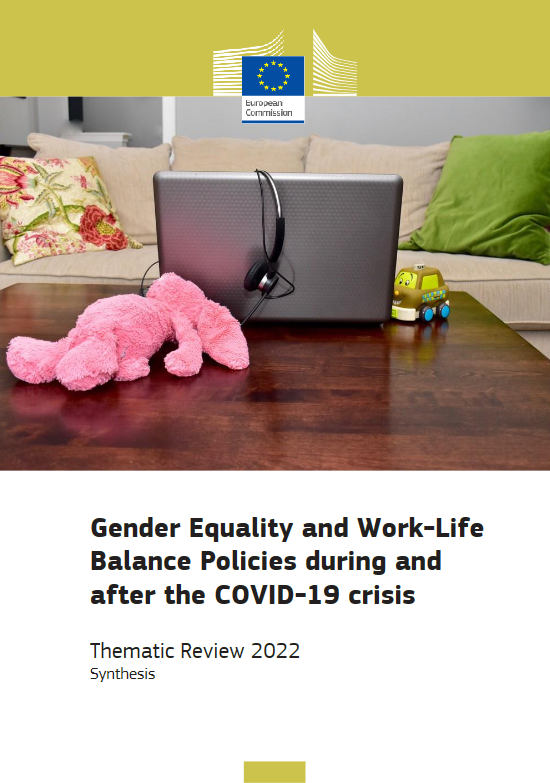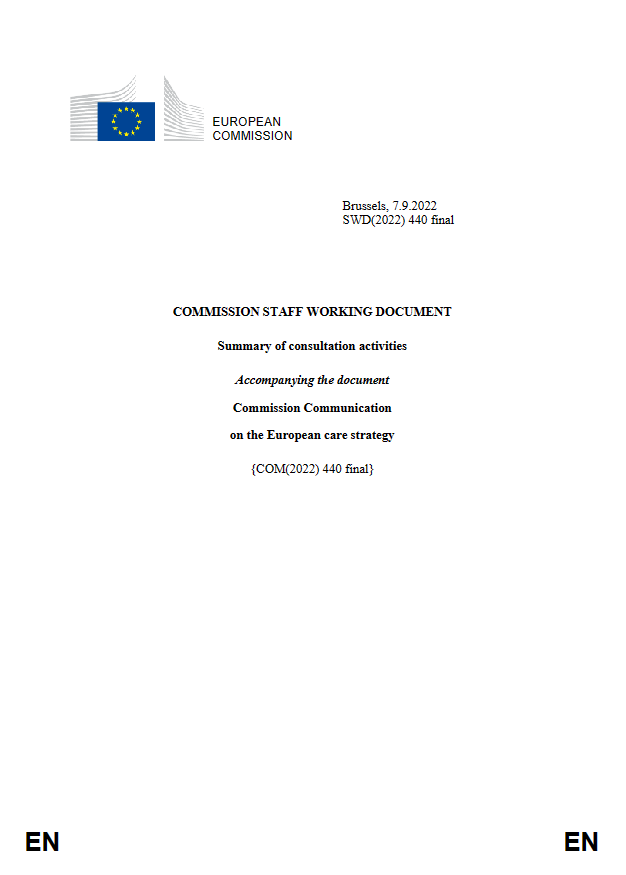Distributional Impact Assessment
Distributional Impact Assessment is an analysis, usually quantitative in nature, which assesses the distributional effects of specific policy measures on monetary incomes across various groups of the population.
Distributional Impact Assessment improves transparency and supports better policymaking by helping quantify the effect policies have on household incomes, including for the most vulnerable as well as the middle class.
Conducting it as part of the budgetary process allows for more informed decision-making and targeting in terms of social impacts of policy measures and reforms.
More generally, it allows more scrutiny of the impact of proposed measures and can assist in improving the quality of the public debate in Member States.
Ex ante Distributional Impact Assessment can be a powerful tool for Member States to support the design of policies and ensure transparency on how their budgets and policies impact on poverty and income equality.
It should also be an important element for Member States to take into account while considering policy measures and reforms aimed at addressing the various challenges and opportunities stemming from the green, digital and demographic transitions as well as the changing world of work.
Distributional Impact Assessment can also be a useful tool for Member States to help them plan towards achieving the 2030 poverty reduction target put forward by the European Pillar of Social Rights Action Plan.
Use at EU levelDistributional Impact Assessment is relevant for several work strands at EU level. The need to address inequalities also through DIA is highlighted in the Employment Guidelines that form the legal basis for the adoption of the Country Specific Recommendations in the European Semester process.
The Commission uses EUROMOD, a tax-benefit microsimulation model for the European Union to conduct the analysis for selected reforms in Member States. This analysis has often been presented to underpin policy assessment in the European Semester country reports.
Eurostat also relies on EUROMOD to release flash estimates on income statistics that also relate to accounting for the distributional impact of specific budgetary changes.
In addition, where possible Member States should present in their draft budgetary plans indications on the expected distributional impact of the main expenditure and revenue measures.
The Commission was also asked to take into account the need to address distributional concerns and energy poverty, in continuation of the use of Distributional Impact Assessment in the Commission’s impact assessment for the 2030 Climate Target Plan.
EU Actions to promote Distributional Impact AssessmentThe European Pillar of Social Rights Action Plan put forward by the European Commission and welcomed by the European Council in May 2021, announced the European Commission’s intention to present in 2022 guidance to Member States on a more systematic use of ex-ante DIA in the planning and budgeting of reforms.
Such guidance was provided in the form of the Commission Communication on better assessing the distributional impact of Member States’ policies, adopted in September 2022.
In order to promote a more systematic use of Distributional Impact Assessment across Member States, the European Commission organises conferences and mutual learning events, which constitute a forum for exchange of practices between national experts. The Commission also engages in discussions with the Employment, Social Protection Committee and Economic Policy Committee on the ways to further increase the use of such analysis.
With a view to taking stock of Member States’ practices regarding the presentation of DIA analysis in the draft budgetary plans (submitted by euro area Member States to the Commission on an annual basis) and other documents within national budgetary processes, the Commission requested the University of Milan to conduct a study on this topic (“Study on Distributional Impact Assessment”), which can be found here:Study on distributional impact assessment - Publications Office of the EU (europa.eu)
The Commission also uses EUROMOD to conduct Distributional Impact Assessment for selected reforms in Member States. This analysis is often presented to underpin policy assessment in the country reports in the European Semester.
The Commission has a long history of evidence-based policymaking and will continue to systematically assess the economic, social and environmental impacts of policy action to ensure a high quality of proposed legislation, as highlighted in the Commission’s ‘better regulation’ system.
The assessment of poverty and inequality is included in the assessment of social impacts. The latest revision of the Better Regulation rules further strengthened the focus on impacts on poverty and inequality by mainstreaming the United Nations Sustainable Development Goals, including Goal 1 on poverty and Goal 10 on inequality, to ensure that all legislative proposals contribute to the 2030 Agenda for Sustainable Development.
The Commission’s “better regulation” system is considered one of the most advanced regulatory approaches in the world.





